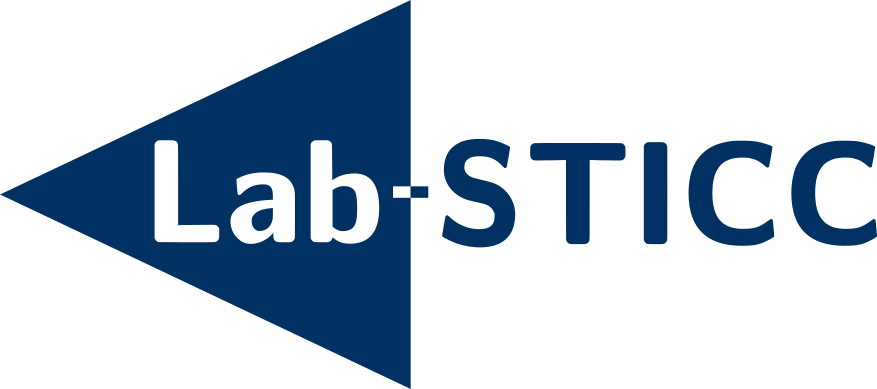Topology reduction through machine learning to accelerate dynamic simulation of district heating
Abstract
District heating networks (DHNs) provide an efficient heat distribution solution in urban areas, accomplished through interconnected and insulated pipes linking local heat sources to local consumers. This efficiency is further enhanced by the capacity of these networks to integrate renewable heat sources and thermal storage systems. However, integration of these systems adds complexity to the physical dynamics of the network, necessitating complex dynamic simulation models. These dynamic physical simulations are computationally expensive, limiting their adoption, particularly in large-scale networks. To address this challenge, we propose a methodology utilizing Artificial Neural Networks (ANNs) to reduce the computational time associated with the DHNs dynamic simulations. Our approach consists in replacing predefined clusters of substations within the DHNs with trained surrogate ANNs models, effectively transforming these clusters into single nodes. This creates a hybrid simulation framework combining the predictions of the ANNs models with the accurate physical simulations of remaining substation nodes and pipes. We evaluate different architectures of Artificial Neural Network on diverse clusters from four synthetic DHNs with realistic heating demands. Results demonstrate that ANNs effectively learn cluster dynamics irrespective of topology or heating demand levels. Through our experiments, we achieved a 27% reduction in simulation time by replacing 39% of consumer nodes while maintaining acceptable accuracy in preserving the generated heat powers by sources.
| Origin | Publisher files allowed on an open archive |
|---|---|
| licence |



